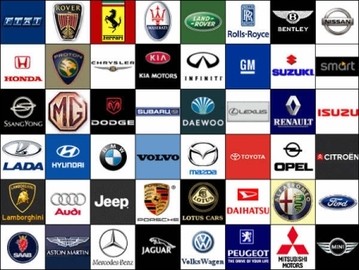Les Automobiles Manic Inc.
Brand
In the late 1960s an employee of Renault-Canada's public relations department named Jacques About was asked to assess the feasibility of importing the Alpine A110 berlinette into Canada. At that time Alpine was an independent company (they were absorbed by Renault in 1974) that used Renault engines in their cars, which were then sold through Renault dealers in Europe. Although the results of the survey were positive, Renault chose not to import the Alpine. About left Renault shortly thereafter.
In 1968 About established Les Automobiles Manic Inc. The company's name, pronounced "ma-NEEK", was a shortened version of the Montagnais word for Québec's Manicouagan River and its Manic-5 hydroelectric dam (since renamed the Daniel-Johnson Dam) whose curves inspired About.
Subject ID: 79445
MoreIn the late 1960s an employee of Renault-Canada's public relations department named Jacques About was asked to assess the feasibility of importing the Alpine A110 berlinette into Canada. At that time Alpine was an independent company (they were absorbed by Renault in 1974) that used Renault engines in their cars, which were then sold through Renault dealers in Europe. Although the results of the survey were positive, Renault chose not to import the Alpine. About left Renault shortly thereafter.
In 1968 About established Les Automobiles Manic Inc. The company's name, pronounced "ma-NEEK", was a shortened version of the Montagnais word for Québec's Manicouagan River and its Manic-5 hydroelectric dam (since renamed the Daniel-Johnson Dam) whose curves inspired About.
The company's first product was a version of an open-wheeled racing car developed by the French "Groupe de Recherches Automobiles de Course" (GRAC). In Europe the car raced in the Formula France series.
The company later embarked on development of an endurance racer called the Manic PA-II. This car was built to run in the Group 6 class for prototypes, and had full barquette-style bodywork.
The company's next project was a compact two passenger road-going berlinette called the Manic GT. In trying to create a uniquely Canadian visual identity, the styling of the car was to be a hybrid, with the front end echoing contemporary European work and the rear displaying an American influence.
About contracted with Renault to use the chassis and power-train from the Renault 8 and 10 sedans as the basis for the production Manic, whose full model name was the Manic GT PAI. The production engine was still a Cléon-Fonte but was now the 1,300 CC "810" version, making this essentially a Renault 10 platform. The car was offered in three stages of tune: 65, 80, and 105 HPr permitting top speeds of 170, 195, and 215 km/h respectively. Power reached the rear wheels through a standard four-speed manual transmission, while a five-speed was available as an option. The Manic GT was to be sold and serviced by Renault dealers across Canada.
Investors in Manic demanded that Renault assume the losses caused by delays. Renault refused and the investors subsequently cut off funding for the company.
The Granby factory was closed in May 1971, and in June 1971, Les Automobiles Manic officially ceased operations.
Estimates vary, but the number of Manic GTs produced is typically said to have been 160.
Subject ID: 79445
Subject ID: 79445
